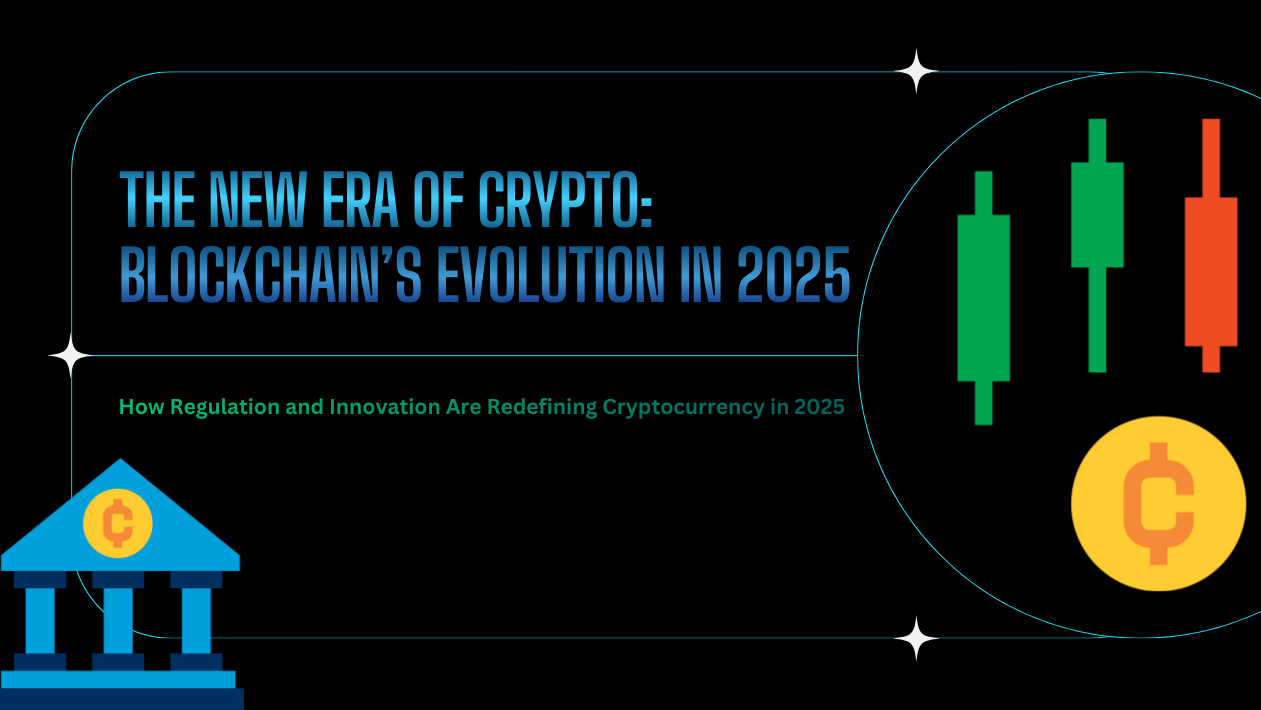Blockchain and cryptocurrency technologies have entered a new era in 2025, shifting from speculative assets to critical infrastructure powering finance, supply chains, identity verification, and digital ownership. As global regulatory frameworks mature, the focus is turning toward real-world applications, interoperability, and user trust.
With over 1.2 billion blockchain wallets worldwide and institutional adoption at an all-time high, the crypto economy is becoming deeply embedded in mainstream financial systems.
Central Bank Digital Currencies (CBDCs) Gain Global Momentum
More than 100 countries are now exploring or piloting CBDCs, with China’s digital yuan, India’s e₹ (e-rupee), and the EU’s digital euro leading the way. These government-backed digital currencies promise faster cross-border payments, financial inclusion, and reduced transaction costs—though they also raise concerns about privacy and state surveillance.
Tokenization of Real-World Assets Accelerates
The tokenization of physical and financial assets—such as real estate, equities, and commodities—is revolutionizing capital markets. Platforms like BlackRock’s Digital Asset Fund, Securitize, and Polygon’s tokenized treasury bonds allow investors to trade fractionalized ownership of real assets on-chain, with 24/7 liquidity and instant settlement.
Ethereum, Solana & Layer 2s Expand Ecosystem Utility
Ethereum remains the leading smart contract platform, but Layer 2 solutions like Arbitrum, Optimism, and Base are gaining momentum for their scalability and lower gas fees. Meanwhile, Solana, Avalanche, and Cosmos are seeing increased adoption across gaming, DeFi, and enterprise applications due to high throughput and developer-friendly tooling.
Enterprise Blockchain Finds New Business Use Cases
Beyond crypto, enterprise blockchain is thriving in supply chain management, carbon credit tracking, intellectual property, and cross-border trade. Major players like IBM Blockchain, Hyperledger Fabric, and VeChain are partnering with governments and Fortune 500 companies to improve transparency, traceability, and compliance.
DeFi Rebounds with Compliance-Focused Innovation
After navigating a challenging regulatory landscape in 2023–2024, the DeFi (Decentralized Finance) sector is rebounding with new protocols emphasizing KYC compliance, audited smart contracts, and real-world integrations. Projects like Aave Pro, Chainlink CCIP, and UniswapX are redefining how decentralized liquidity is deployed and accessed.
Web3 Wallets & Identity Take Center Stage
User-centric identity solutions are becoming critical in Web3. Decentralized Identifiers (DIDs) and Soulbound Tokens (SBTs) are gaining traction for KYC, credential verification, and personalized access control. Wallet providers such as MetaMask Snaps, Phantom, and Worldcoin are integrating identity and biometrics for a smoother, safer user experience.
Crypto Regulation Brings Clarity but Challenges Remain
The U.S., EU, and Asia-Pacific regions have made strides in crypto regulation, focusing on stablecoins, AML compliance, and consumer protections. The MiCA regulation in Europe and U.S. Digital Asset Framework Act have brought more legitimacy to the space, though gaps remain around taxation, DAO governance, and cross-border enforcement.





